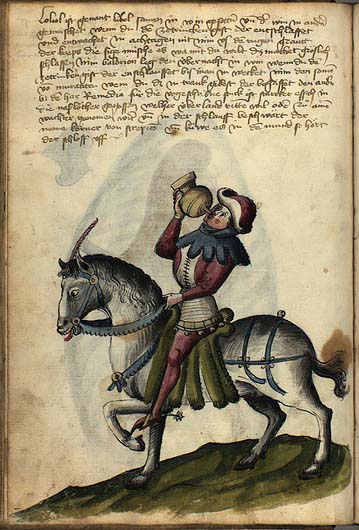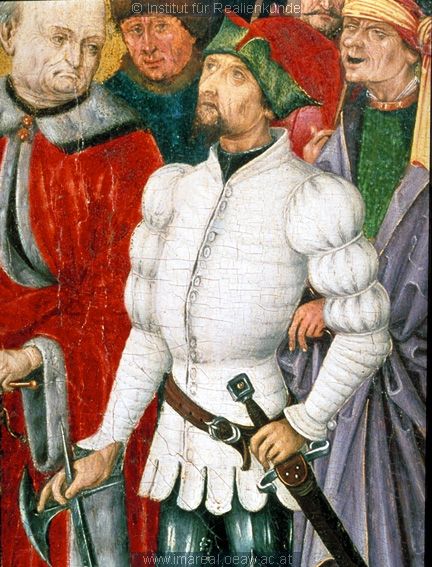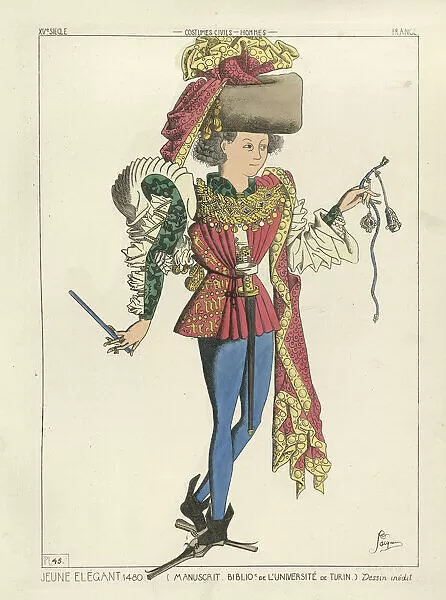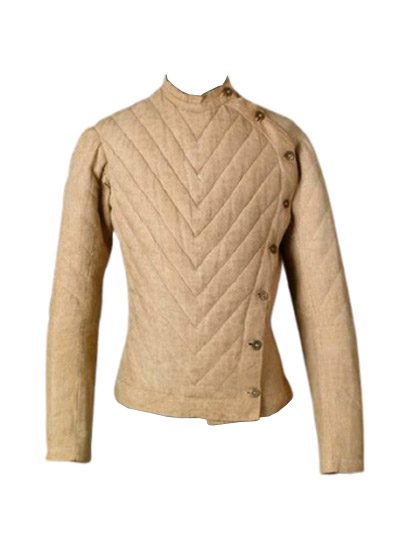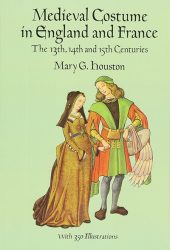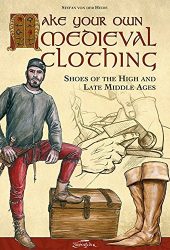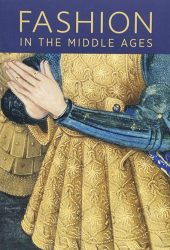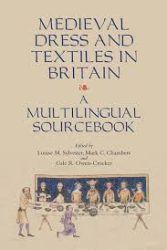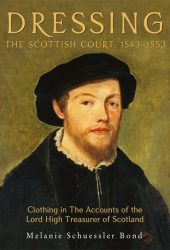The doublet was a close-fitting, padded jacket worn as an outer garment. It was popular during the late medieval period and the Renaissance.
The doublet was typically made of fabric such as silk, velvet, or brocade and was tailored to fit snugly to the body, emphasizing the wearer’s shape. It had a low neckline, sometimes with a collar, and could have sleeves of varying lengths, including sleeveless options.
The doublet was often worn over a shirt or tunic and hose (tight trousers) and could be fastened with buttons or laces.
This fashionable garment was worn by both men and women and was often richly decorated with embroidery, trim, or jewels. The garment evolved over time, reflecting changes in fashion and societal trends.
History of the Doublet
The history of the doublet can be traced back to the late medieval period, although its popularity continued through the Renaissance.
The early doublets of the late 14th and early 15th centuries were relatively loose-fitting garments that resembled padded jackets. They often had wide sleeves, which were sometimes detachable. These early doublets were typically worn by men or women as outer garments over a shirt and hose.
As the 15th century progressed, the doublet became more fitted and tailored. It began to emphasize the natural body shape, with a close fit around the torso. This change was influenced by the fashionable silhouette of the time, which favoured a slender waist and a prominent chest. The doublet was often padded and boned to achieve the desired shape.
During the 16th century, the doublet reached its peak of popularity. It continued to be worn as a fitted garment, but its design became more elaborate and ornate. The sleeves became narrower and more fitted, and the garment was often decorated with intricate embroidery, slashes, and panes (rectangular or triangular fabric inserts).
In the 17th century, the doublet gradually fell out of fashion, replaced by the more flowing and loose-fitting garments of the Baroque era.
Style and Type of Medieval Doublets
There were various types of medieval doublets that emerged throughout the centuries, each with its own unique characteristics and styles. For example:
Early Doublet: The early doublet of the 14th and 15th centuries was typically loose-fitting and had wide sleeves. It resembled a padded jacket and was often worn as an outer garment.
Puffed or Bombasted Doublet: During the late 15th and early 16th centuries, the doublet featured puffed sleeves achieved through stuffing or bombasting, a technique where the sleeves were padded or stuffed to create a voluminous appearance. This style was particularly popular in the Burgundian and Tudor courts.
Peascod Doublet: This style of doublet, prevalent during the late 16th and early 17th centuries, emphasized a prominent, padded chest, creating a “peascod” or “peasecod” shape. It had a high waistline and a flared silhouette, with a deep, wide V-shaped opening at the front.
- Trunkhose Doublet: Trunkhose were wide, padded breeches worn with a doublet during the 16th and 17th centuries. The doublet worn with trunkhose often had a shorter length, reaching the waist or just below it. The doublet was typically fitted and emphasized the upper body while allowing the voluminous trunkhose to be the focal point.
- Jerkin: Although not strictly a doublet, the jerkin was a sleeveless, close-fitting garment worn over a shirt or doublet. It was popular during the 16th and 17th centuries and served as an outer garment for both men and women.
Overall, the history of the doublet reflects the ever-changing fashion trends and societal preferences of the medieval and Renaissance periods. It evolved from a practical padded garment to a fashionable and decorative item, leaving a lasting impact on the history of clothing.
Despite its decline in popularity, the doublet’s influence can still be seen in modern men’s formalwear. The tailored jackets and vests worn as part of a three-piece suit can trace their roots back to the doublet.
Image Gallery: Doublets in Medieval Manuscripts & Art
Are you looking for specific examples of doublets depicted in medieval art? Here are some highlights.
